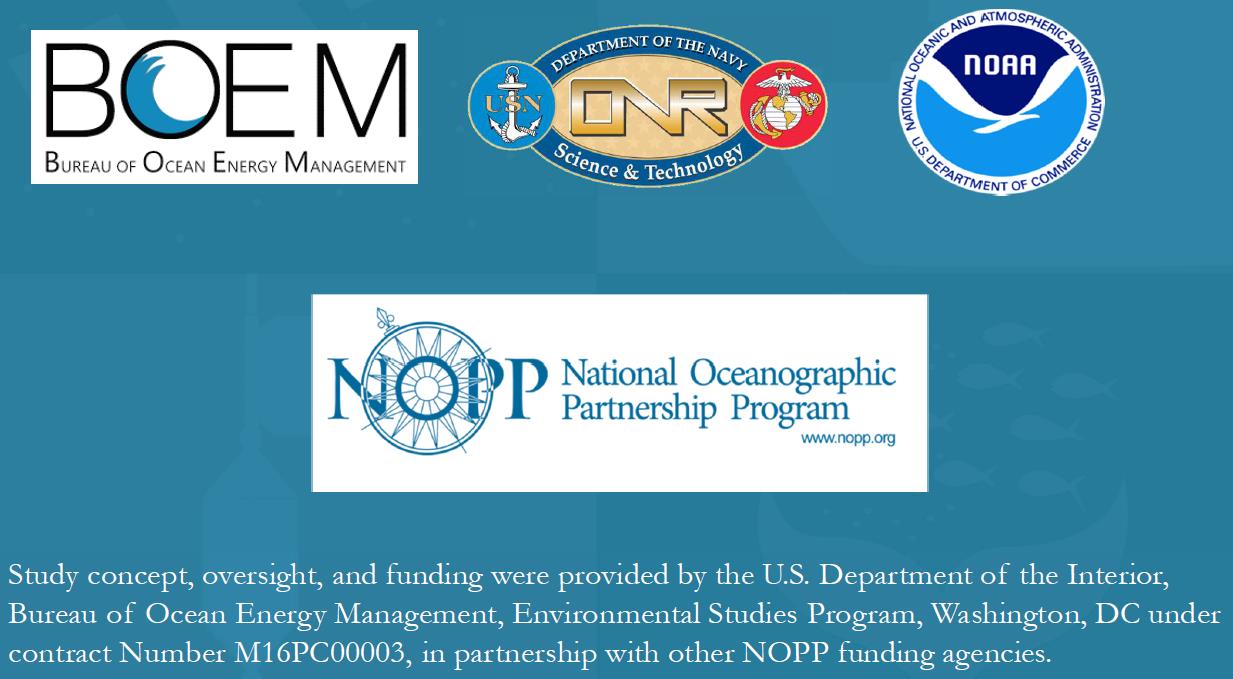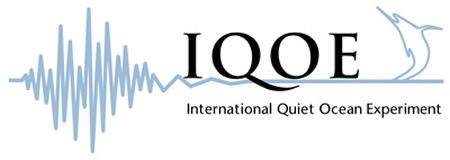June 18th – Mowing the Lawn
So one of the tasks that the night shift does during the ADEON cruise is “mow the lawn” – this is our shorthand for running a series of parallel transect lines where we use our echosounder to look at where the deep scattering layers are in the water column and how that changes as we move over an area roughly 10 km by 10 km (~ 6 miles by 6 miles). This information is helpful for us in studying several different topics on this cruise. While some animals occur in continuous layers (that move vertically in the water column), there are differences that we observe in the amount of backscatter that we record as the boat moves around. Understanding what processes cause these changes will allow us to interpret the lander data (which is at a fixed location on the sea floor) as to whether the changes that the lander sees are from the movement of water and organisms as currents advect things past the lander site OR are there changes occurring at the site.
But in order to understand how things in the ocean vary spatially (as we move North/South and East/West), we have to drive the boat back and forth over the area to make these measurements. Sadly this does not make up for the fact that my lawn back in NY was shin-high when I left two weeks ago and may very well be waist-high by the time I get back. So really, I just go from mowing the lawn during the night on the ship to mowing the lawn during the day back home. [Readers may now make their own Lawn G-island accent/joke].
One highlight of this trip is introducing the world of deep sea animals to two recent Stony Brook undergraduates who are part of our night shift team. I gave both of them some tasks to accomplish during our cruise and they are making great progress on ID-ing different taxa (i.e. types of animals) that we are collecting in our net tows. Cassie has become a copepod ID-ing machine – which can involve counting the spines on the “butt” of a copepod in order to determine male or female. And Peter has the challenging task of ID-ing our shrimps and euphausiids – which is often very challenging as the specimens can get damaged in the net so some of the features used to identify them may be missing. But all the IDs that they get done on the boat will save us a TON of time back on shore when we process the rest of the samples.
And hopefully they realize that charismatic mesofauna are really the best part of marine science!
joe


